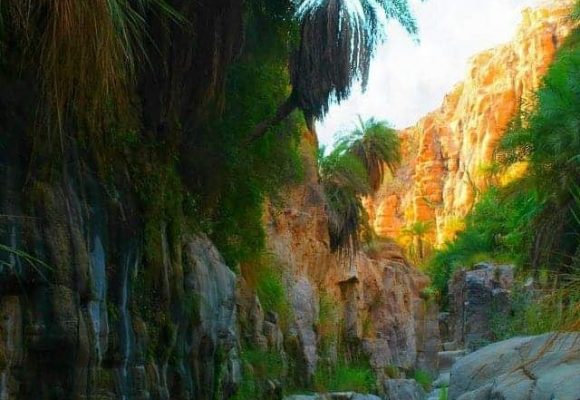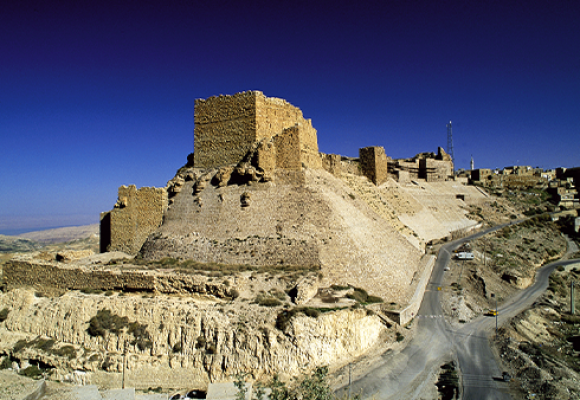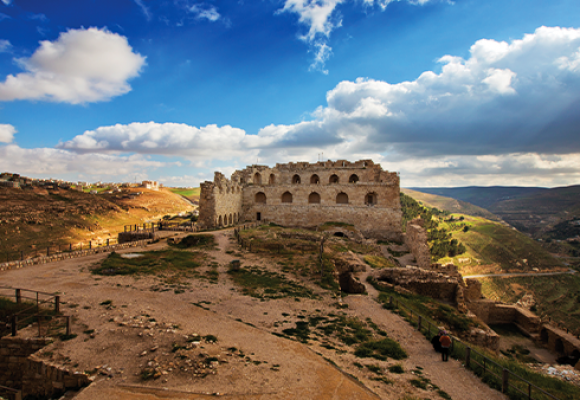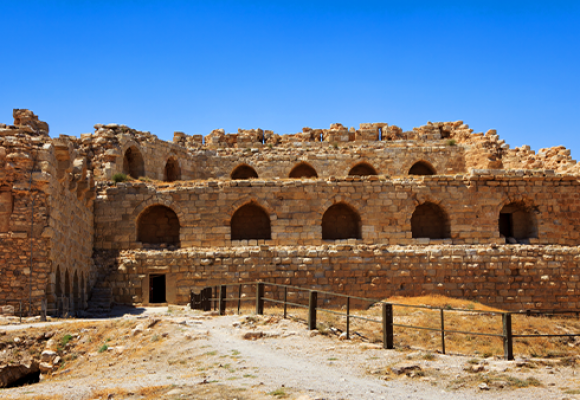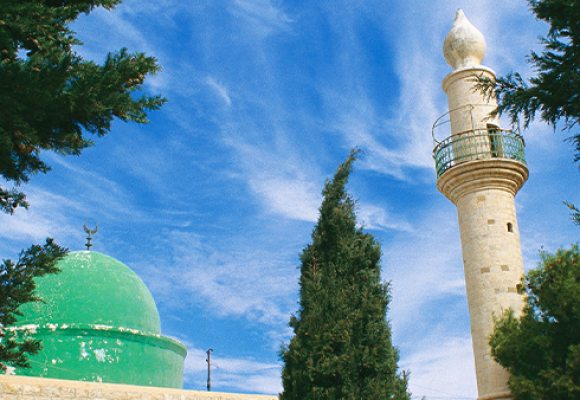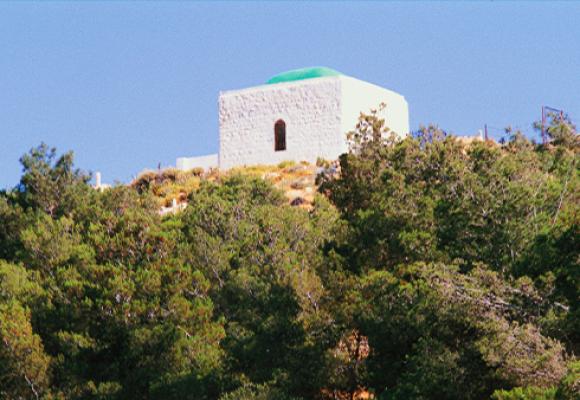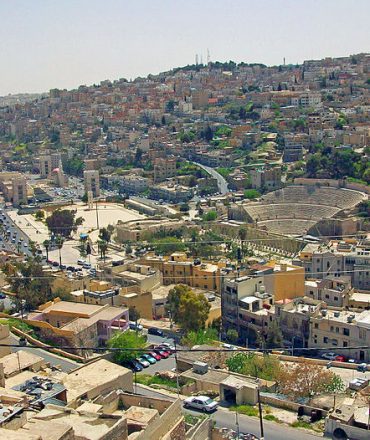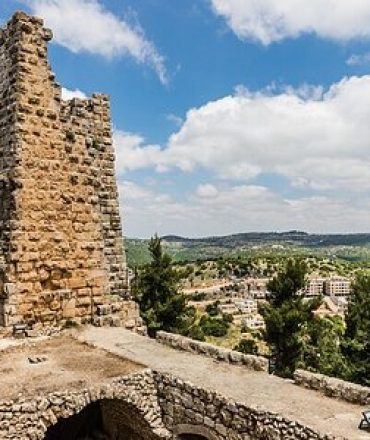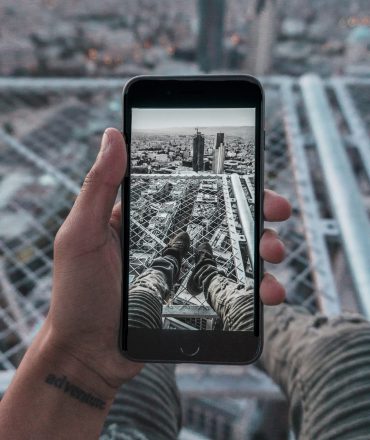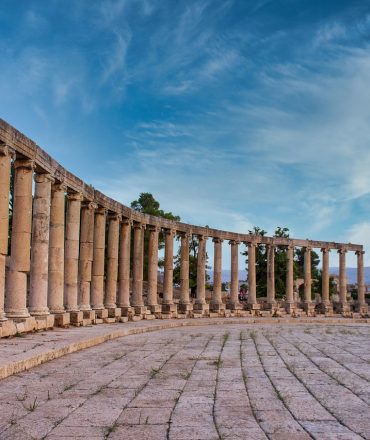Whether you approach Karak from the ancient Kings Highway to the east or from the Dead Sea to the west, the striking silhouette of this fortified town and castle will instantly make you understand why the fates of kings and nations were decided here for millennia.
Karak, eine alte Kreuzfahrerhochburg, liegt 900 m über dem Meeresspiegel und liegt innerhalb der Mauern der Altstadt. Die Stadt ist heute die Heimat von rund 170.000 Menschen und verfügt weiterhin über eine Reihe von restaurierten osmanischen Gebäuden, Restaurants, Unterkünften und dergleichen aus dem 19. Jahrhundert. Aber es ist zweifellos Karak Castle, das dominiert.

